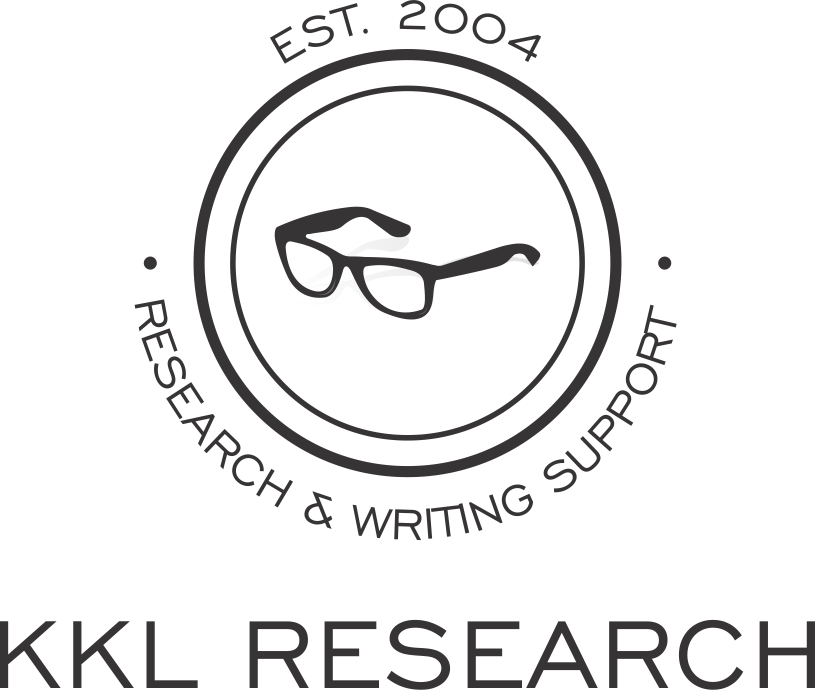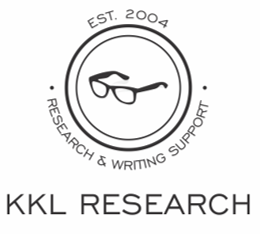Fast, Focused, and Actionable: How to Get Research Without the Bloat
I hear it all the time from my clients - “We just need the essentials and something we can act on right away.”
And they’re not wrong to ask for that.
In many cases, research isn’t helpful if it takes 6 weeks, 10 meetings and a 50-slide deck to get the point across. Many teams aren’t looking for an academic paper - they are trying to make smart, confident decisions based on what’s happening in their market right now.
Of course, most of my clients prefer deep research. But when a market is moving quickly or budgets are tight, lean and focused insights are usually best.
With that, how do you get research that is actually useful without getting buried in the excess?
Below is how I approach fast and focused research - you can use this whether you are working with someone like me or trying to gather insights yourself.
1. Start with the decision, not the data
Before looking for sources and data, I always ask:
What question am I trying to answer?
Who is this research for?
What’s at stake and what are the risks?
Maybe you’re looking at a new market, analyzing competitors or searching for a new customer pain point. Whatever it is, your overall goal should anchor your entire research process.
If your research doesn’t have a clear scope, it will most likely veer off track into less than useful territory.
2. Summarize first
My goal with every client deliverable is to make sure that key takeaways can fit on one page or one slide. That way, my research insights are properly distilled for the client. No fluff and no filler.
If you’re pulling the research yourself, start writing the summary first with your scope (you can fill in the remainder with your research and data). This will help you stay focused on what questions you are trying to answer.
3. Use secondhand data strategically
You don’t need surveys or expensive market reports to get quality insights. Secondary research - as in news articles, press releases, interviews, public datasets and earnings reports - can give you a big head start.
The trick is knowing where to look and how to filter:
Don’t feel like you need to chase the most recent source. A detailed 2023 report can more than complement a vague 2025 blog post.
Look across industries. A trend in one vertical can sometimes signal what lies ahead for another.
Secondary research can save you loads of time if you know how to approach it correctly. That’s a big part of what I help clients do.
4. Make it actionable
The best research moves things forward. I always ask clients: what will your team do with this insight on Monday morning?
This usually means I’ll be delivering:
A market opportunity shortlist
A snapshot of what competitors are currently doing
A handful of customer trends that can be integrated into marketing tactics or product features
5. Match the format to the audience
Good research can lose impact when it is delivered in the wrong format. If your team needs a quick update, a 3-slide summary deck or 1-page PDF might do the trick. If your team is looking for customer insights, a bulleted document with quotes and trend summaries might be more useful.
6. Know when to ask for help
If you are short on time or team bandwidth, it’s usually worth bringing in outside help. I work with clients who need answers quickly but do not want to sacrifice quality. That can look like:
Sizing a market in 1 week, not two months
Creating a competitive analysis that eliminates noise
Turning a vague idea into a firm decision
Building an evidence-based pitch, roadmap or brief
Good research does not have to be bloated or heavy - it can be sharp and focused while still being intensely valuable.
If you’re stuck with too much overwhelm in your process, I’d love to help you get the research you need to move forward.
You can reach me at kristen@kklresearch.com.
Until next time,
Kristen


